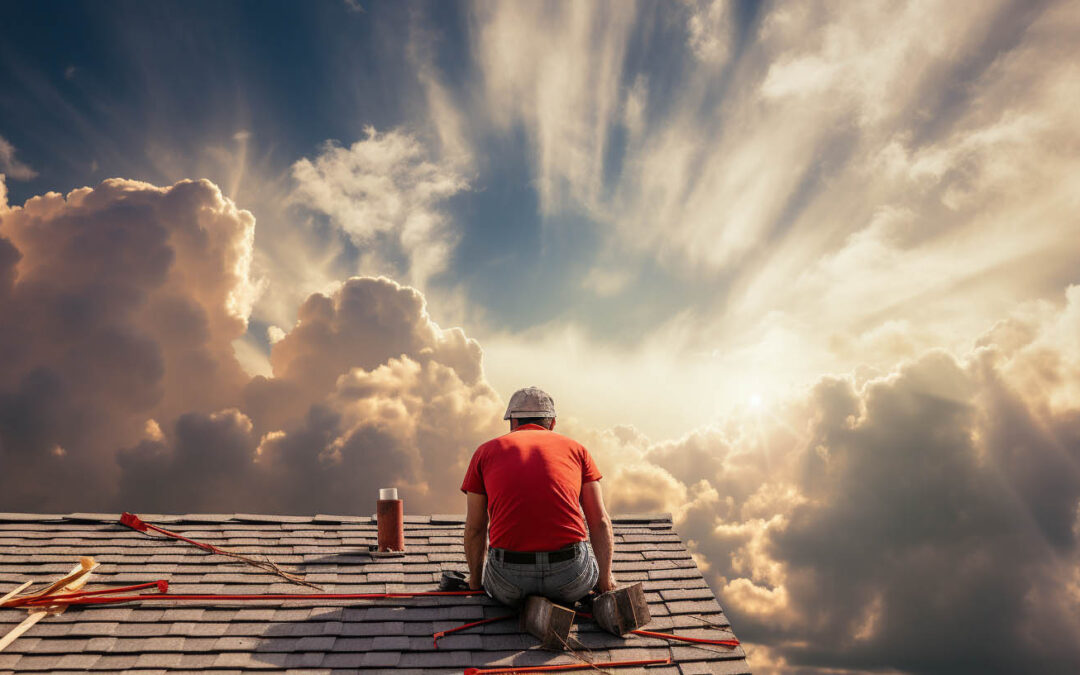Climate change is reshaping our world in ways we could never have imagined. As the environment undergoes rapid shifts, homeowners are faced with the challenge of adapting their homes to these new conditions. One of the most critical components of any home is the roof, which shields us from the elements. But how does the changing climate influence our roofing choices? Let’s delve into the details.
Humidity’s Hidden Challenges
In regions like the Southern United States, humidity is a more pressing concern than cold weather. This moisture-laden air doesn’t just make you sweat; it can also wreak havoc on your roof. High humidity levels can promote the growth of unwanted organisms like algae and tropical weather weeds. Not only do these intruders mar the appearance of your roof, but they also accelerate its wear and tear.
For those seeking a roofing solution in areas prone to humidity, metal roofing emerges as a top contender. Unlike asphalt roofing, which requires treatments to fend off algae, metal roofing doesn’t absorb the surrounding humidity. This inherent resistance makes it an excellent choice for humid climates.
Preparing for the Cold
While places like Georgia enjoy a generally temperate climate, they aren’t immune to the occasional cold snap. And even if these chilly periods are brief, they can still strain your roof. The expansion and contraction caused by fluctuating temperatures can lead to wear and tear over time.
Once again, metal roofing proves its mettle. Not only is it resistant to rust, but it’s also waterproof. Its performance remains consistent, whether it’s scorching hot or freezing cold outside. With the unpredictable weather patterns brought about by climate change, it’s no wonder many homeowners are gravitating towards metal roofing.
Longevity: A Roof’s Best Friend
When investing in a roof, longevity is a prime consideration. After all, frequent replacements or repairs can be both costly and inconvenient. Metal roofs, with their impressive lifespan of 45 to 70 years, stand head and shoulders above traditional asphalt roofing, which typically lasts between 12 to 20 years.
But the benefits of metal roofing don’t stop at durability. They’re also easier to repair and are renowned for their energy efficiency and cooling capabilities. In certain situations, you can even install a metal roof atop existing asphalt shingles due to its lightweight nature.
Collins & Son Roofing: Your Trusted Partner
Choosing the right roofing material is a crucial decision, and it’s one you don’t have to make alone. At Collins & Son Roofing, we understand the unique challenges posed by the changing climate. Whether you’re looking for a roofing service in Conway AR or exploring metal roofing options, our team is here to guide you every step of the way.
In a world where the only constant is change, making informed decisions about your home’s roofing can offer peace of mind. With Collins & Son Roofing by your side, you can rest assured that you’re making a choice that will stand the test of time and the whims of the weather.
In Conclusion
The changing climate necessitates a reevaluation of many of our home-related decisions, roofing being paramount among them. By understanding the challenges and opportunities presented by different roofing materials, homeowners can make choices that not only protect their homes but also contribute to a more sustainable future. With companies like Collins & Son Roofing leading the way, the path to resilient and sustainable roofing has never been clearer.

